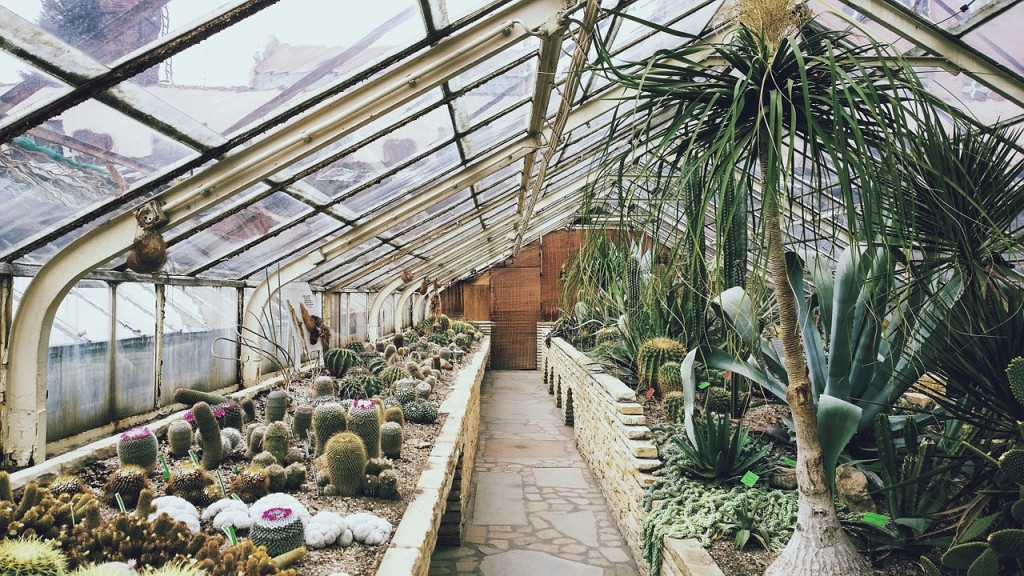
There are so many pleasures to be had from growing plants in a greenhouse – and this is particularly the case in the warmer summer months, as so many different species are in full bloom.
However, while gardeners will undoubtedly be delighted about this development, possibly even citing it as their favourite time of year, it does not mean that there are absolutely no problems to be dealt with.
One of the most frustrating difficulties that can be faced in a green space is mildew – and this is particularly the case if it is developing in a controlled environment like a greenhouse.
It is one of the most damaging diseases that can have an impact on some plants. In its strictest definition, mildew refers to a fungi in the order Erysiphales – although it is used more widely in reference to the general growth of mold.
This kind of mold can grow on a very wide range of organic materials – including the likes of ceilings, walls and floors. Greenhouses can be susceptible to the emergence of mildew as it can be difficult to control the moisture levels it thrives on.
There are many different types of mildew, including powdery mildew, which can be very damaging to greenhouse peppers. It can grow without necessarily being seen, as it tends to develop on the undersurface of leaves.
Such characteristics distinguish this strain of mildew from the types that affect tomatoes or cucumber – and it means that monitoring of the disease is absolutely essential, as well as being vigilant for early detection and prevention.
Professional gardener and writer Helen Yemm identified some problems that can lead to the development of mildew. In an article for UK national newspaper the Guardian, she explained that overcrowding can be a major factor.
This can lead to the roots of various plants drying out and the bad circulation of air – and needless to say, greenhouse growers will have to be particularly vigilant about this, as they are operating in a relatively confined space compared to other gardeners.
Plants that suffer the dusty and ill-looking effects that can be brought about by the presence of mildew can be difficult to return to health, as they may still look bedraggled if sprayed with fungicides – despite the fact that this should remove the mildew itself.
“The best thing to do would be to cut the plant right back to the ground … then carefully clear away the unsightliness,” Ms Yemm advised.
“Afterwards, give its roots a drench, which will encourage it to produce a fresh crop of leaves,” she continued, adding: “A subsequent liquid feed … will encourage even speedier recovery and the new foliage should be free of mildew.”
The expert claimed that an ugly mildew appears on the Centaurea montana in her own garden every single year.
“Unless I remember to spray it preventively in early summer with a systemic fungicide … something you could consider doing with your geranium next year – drastic surgery has to be carried out in midsummer.”



